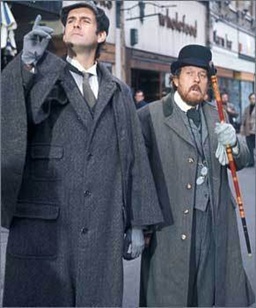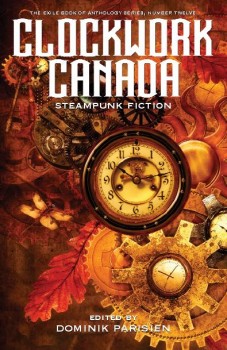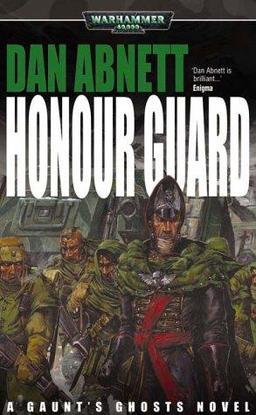Small-Scale Epic Childhood: Memories of Playing at the Cabin on the Mogollon Rim
 Some of my fondest memories are days spent at my Nan and Grandad’s cabin in Heber, Arizona, up on the Mogollon Rim nestled in the largest ponderosa pine forest on the continent. Surrounded by that fantastic landscape, it was easy to let one’s imagination run as free as the Mogollon Monster…
Some of my fondest memories are days spent at my Nan and Grandad’s cabin in Heber, Arizona, up on the Mogollon Rim nestled in the largest ponderosa pine forest on the continent. Surrounded by that fantastic landscape, it was easy to let one’s imagination run as free as the Mogollon Monster…
The Woodpile
The “woodpile” behind my Nan and Grandad’s cabin was mostly dirt, left over from when part of the lot was first cleared to make way for the trailer (the cabin was a large trailer home, actually, with a deck built on). The wood came from the pine trees that had been cut down, their trunks buried under the heaping dirt mound, giving the woodpile its foundation and shape.
It wasn’t so big, really, but to my cousins and me it was our own private mountain fortress. How many times did we flop down on it for cover as Injuns shot arrows at us, and then return fire over its crest with our wood-knot guns? Or, other times, the wood-knots were machine guns and we were out there fighting Nazis.








